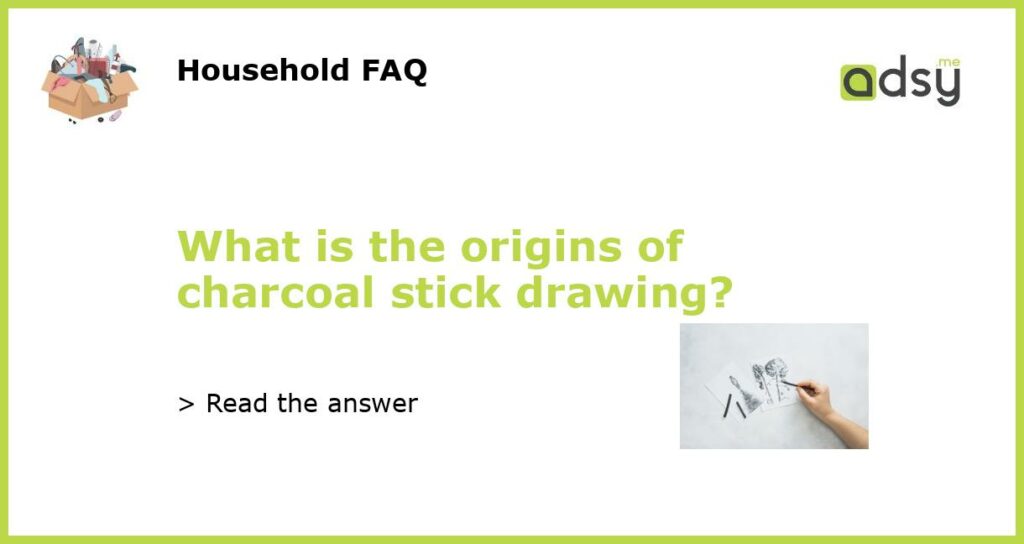The History of Charcoal Stick Drawing
Charcoal stick drawing is a well-known art form that has been around for centuries. It is a popular medium used by artists to create black and white images that are both striking and dramatic. The history of this technique can be traced back to the early days of humanity, where charcoal was used for a variety of purposes.
The Early Use of Charcoal
Charcoal has been used by humans since prehistoric times. It was discovered that burning wood in the absence of oxygen produced charcoal, which was then used for warmth, cooking, and as a material for drawing. Early cave paintings, such as those found in the Lascaux caves in France, were created using charcoal sticks and earth pigments.
The Rise of Charcoal as an Art Form
Charcoal stick drawing gained popularity as an art form during the Renaissance period. Artists such as Leonardo da Vinci and Michelangelo used charcoal to create preliminary sketches for their paintings and sculptures. Charcoal allowed artists to quickly and easily capture their ideas and experiment with composition, shading, and form.
The Modern Use of Charcoal Stick Drawing
Today, charcoal stick drawing remains a popular technique among artists. It is often used to create loose, expressive sketches, as well as highly detailed and realistic drawings. Charcoal is a versatile medium that can be used on a variety of surfaces, including paper, canvas, and even walls.
The Benefits of Charcoal Stick Drawing
There are many benefits to using charcoal as a drawing medium. Charcoal sticks are affordable, portable, and easy to use. They can create a wide range of tones, from light and delicate to deep and rich. Furthermore, charcoal can be easily smudged and blended, allowing artists to create a variety of textures and effects.






